Traces of the Past
Traces of the Past
Originally Appearing in " Ohina 2015" (Abstract 8.5)
Text by James Charisma // Images by Raul Soria Jr.
Some of my friends and I used to make movies in high school. They were campy versions of our favorite film stereotypes, full of heists, buddy cops, zombies, and crazy stunts. A few of them got to be pretty long, a decent 45 to even 90 minutes, but all were made with zero budget using video cameras borrowed from friends or family. We still have the films and although they’re a neat reminder of the past, I don’t know how eager I’d be to actually show these movies to anyone.
One of these films we shot was about a detective named Tracer Bullet, inspired by a character from the comic Calvin & Hobbes. Bullet was an alter-ego of the rascal Calvin; he was a hardboiled private investigator modeled after any number of film noir and pulp novel cliches. Calvin invented the character after needing to wear a fedora to hide a bad haircut; not unlike how my friends and I turned to making films as a reprieve from the ails of high school.
In the comic, Tracer Bullet’s dialogue was filled with gems such as, "I've got eight slugs in me. One's lead, and the rest are bourbon. The drink packs a wallop and I pack a revolver," and, “the dame was hysterical. Dames usually are.” The lines were ridiculous and comical, and not a far cry from actual scripted dialogue from some of the cheesier film noir movies of the 1940s and 50s.
“You need cops, venetian blinds, lots of smoking, hats, sweat, dead-end streets, guys who know all the angles except for the one that ends up sticking out of their backs,” writes film analyst and essayist James Lileks. “Sirens of the automotive and female kind.”
A French term meaning “black film,” Film Noir is not a traditional film genre like Adventure or Horror or Romantic Comedy. It’s a style of filmmaking notoriously difficult to define, but marked with certain characteristics: stark contrasts between bright light and darkness (a visual trope also known as Chiaroscuro, first developed by painters during the Renaissance), often accentuated with long shadows and tilted ‘Dutch’ angles. In an era ruled by wooden sets built on studio backlots, classic film noir was usually filmed on location, with night scenes actually shot at night. These were stylish productions, the likes of which never before seen in Hollywood.
Film noir plots are often complicated, and further convoluted with the use of flashbacks or flash-forwards, voiceover narration, and general ambiguity. They’re usually crime stories where the protagonists aren’t gangsters, but rather normal people caught up in complex and impossible situations beyond their control. Adversaries have unclear identities and motives, and the system or the law was either indifferent to the hero’s plight, if not outright fighting against them. And smoking. Lots of smoking.
“Everybody in film noir is always smoking, as if to say, ‘On top of everything else, I've been assigned to get through three packs today,’” Roger Ebert writes in A Guide To Film Noir Genre. “The best smoking movie of all time is Out of the Past, in which Robert Mitchum and Kirk Douglas smoke furiously at each other. At one point, Mitchum enters a room, Douglas extends a pack and says, ‘Cigarette?’ and Mitchum, holding up his hand, says, ‘Smoking.’”
According to The New Yorker contributor Richard Brody, four elements contributed to the rise of film noir in the United States: German Expressionism making its way to America by way of German filmmakers such as Fritz Lang, Billy Wilder, Otto Preminger, and others escaping the Nazi regime (the films of Alfred Hitchcock is a strong example of ‘the look’ of these influences); innovations demonstrated by Citizen Kane director Orson Welles; the weakening of conventional giant film studios’ control on the industry and the rise of independent film producers; and then wartime traumas, with post-WWII American angst and anguish. Early film noir was filled with anxiety--about the war, resource shortages, shifting social and gender roles, and change. Later postwar film noir was filled with paranoia--about McCarthyism, the Hollywood Blacklist, the Cold War, and the Bomb.
No one creating these movies called them ‘film noir’ pictures at the time, and what was just a current trend during the time of their creation in the 40s and the 50s helped to forever mold future filmmaking movements and styles. Its ingredients--hard cynicism, innocence lost, doomed romance, and desperate desire--have become film tropes and standards, played out endlessly in film noir-inspired genres to come, such as cyberpunk, science fiction, westerns, television serial dramas, anime and manga, and not the least of all, satire.
But what film noir developed most of all was for itself; creating a permanent sense of American nostalgia for time and times past. Film noir is “the most American film genre, because no society could have created a world so filled with doom, fate, fear and betrayal,” Roger Ebert continues in A Guide To Film Noir Genre, “unless it were essentially naive and optimistic.”
We can look back and rewatch The Maltese Falcon and Touch of Evil or even ‘newer’ classics like Blood Simple or Chinatown as if we’re revisiting old friends. The films are a part of our collective American history; the time and era in which these movies were produced are almost as significant, if not more than, its plots or characters. They are a window to our past, similar to a rediscovered high school yearbook, or favorite comic strip, or a home movie filmed with friends; blurry visions combining how things were and how we may have imagined them to be. Faded, perhaps, but epic.




